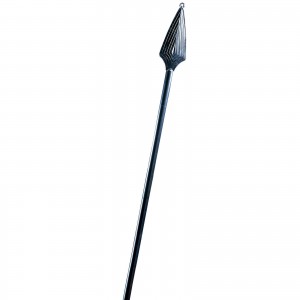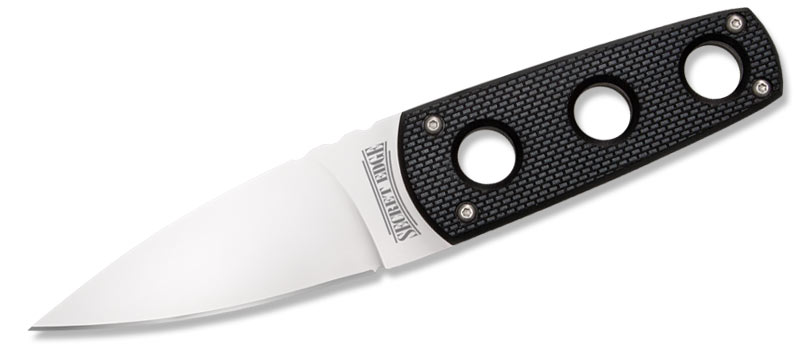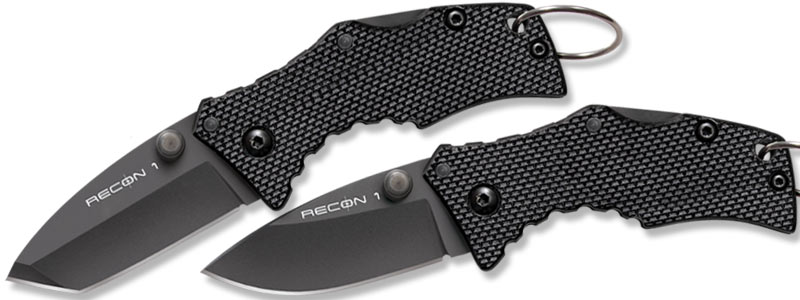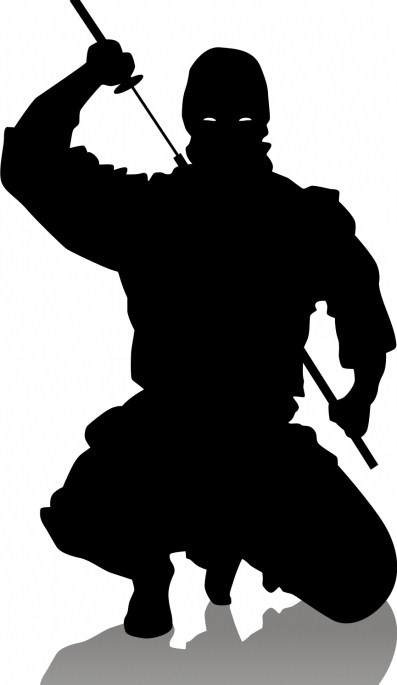 The 2012 BLADE Show, dubbed the world’s largest knife show, is returning to Atlanta next month from June 8 to June 10.
The 2012 BLADE Show, dubbed the world’s largest knife show, is returning to Atlanta next month from June 8 to June 10.
The 31st annual event features BLADE Magazine’s Knife of the Year Awards, inductions into the Cutlery Hall of Fame, demos, workshops and the 10th BLADE Show World Championship Cutting Competition. Along with these events, there are booths and tables from hundreds of well-known companies and custom knife makers. All of this action is packed into three days.
If you’ve never been to a BLADE Show, you’re missing out. Take a look at some of the highlights from the first day of last year’s BLADE Show to get an idea of some of the things you can see.
You get to rub elbows with some of the world’s premier knife makers and see prototypes of new knives and designs. One of the things I’m looking forward to the most is the announcement of the Knife of the Year Awards because it gives respect to the finest knives. If you need proof, just look back at the 2011 Overall Knife of the Year Award recipient. The Zero Tolerance 0777 is definitely something to marvel at.

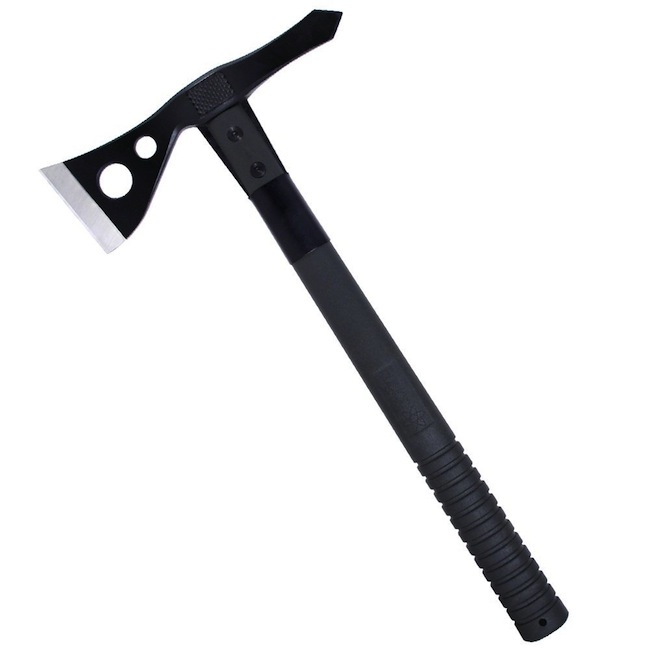

 The American Knife & Tool Institute (AKTI) is encouraging residents of Michigan to contact their state representatives about pending legislation that would remove the switchblade ban and reduce a ban on fixed-blade knives in the state, according to a
The American Knife & Tool Institute (AKTI) is encouraging residents of Michigan to contact their state representatives about pending legislation that would remove the switchblade ban and reduce a ban on fixed-blade knives in the state, according to a 
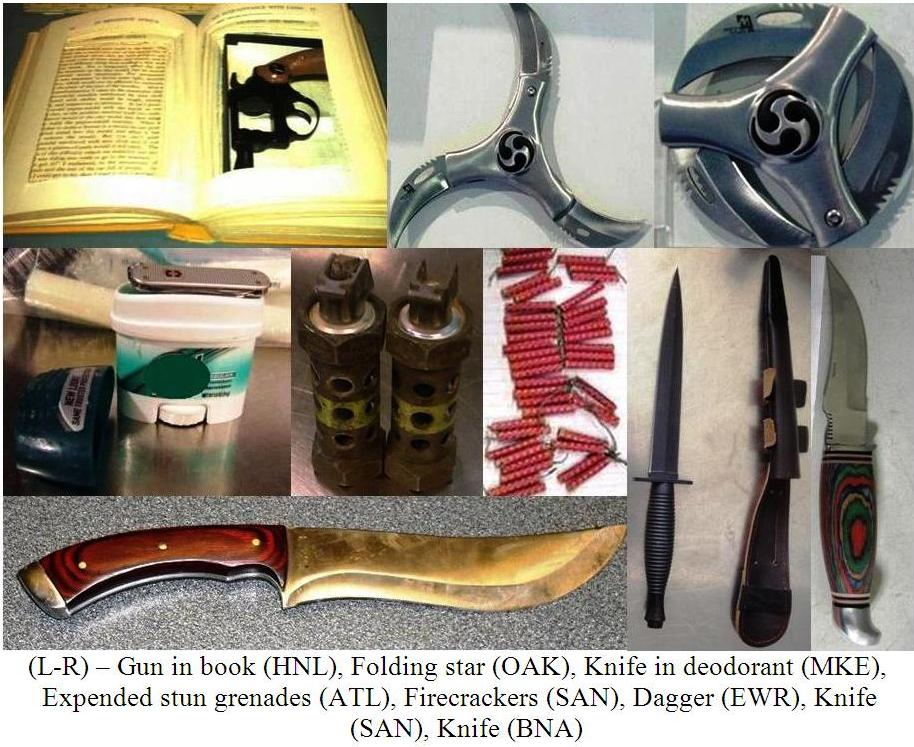
 Washington state signed into law last week pro-knife legislation that clarifies the definition of switchblades and allows certain government employees to carry spring blade knives.
Washington state signed into law last week pro-knife legislation that clarifies the definition of switchblades and allows certain government employees to carry spring blade knives.